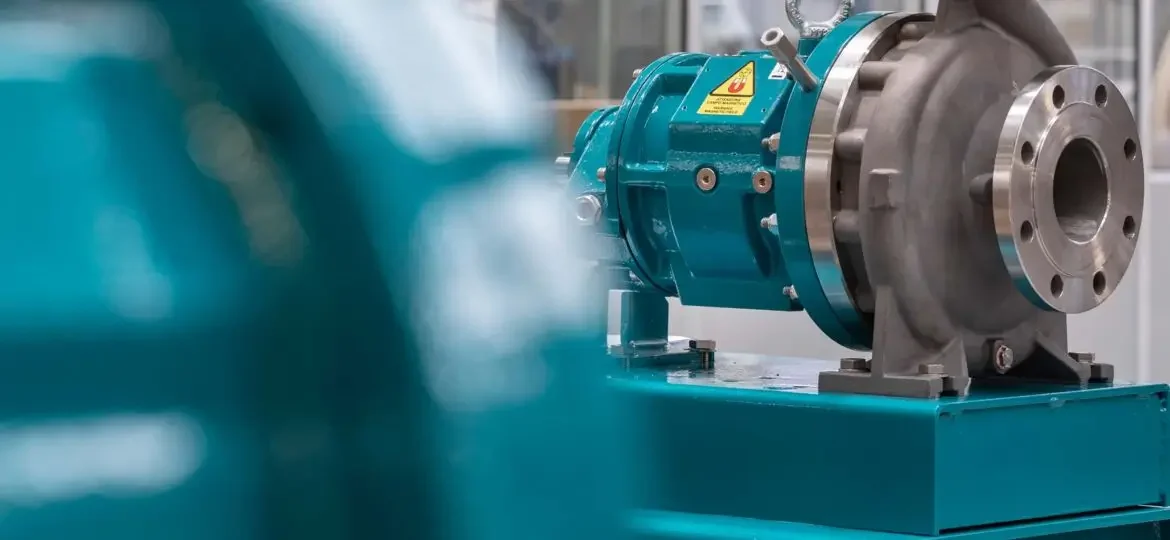
Aspects to consider when choosing the right pump for your application
When sizing a centrifugal pump, it is important to consider it as part of a hydraulic system, taking care to size it correctly both hydraulically and mechanically. If you install a pump that is not suitable for the context of its use, problems can occur that result in maintenance costs, leakage of dangerous/costly liquid, and system downtime. Sizing a centrifugal pump correctly from among the countless options available can be very complicated, so it is best to first identify:
System pressure and liquid characteristics are crucial for ensuring the correct installation and configuration of the pump. An accurate estimate of the budget and purchase costs, considering the actual usage time of the pump, is necessary to avoid selecting an unsuitable product that is either under or oversized, which could lead to increased operating costs. Choosing a low-cost pump makes little sense if it turns out to be inefficient, prone to frequent breakdowns, or costly to maintain.
Essential Factors for Proper Pump Sizing
From a hydraulic perspective, identifying the correct centrifugal pump suitable for the system involves considering several important factors:
- Flow Rate and Head: To calculate the flow rate of a centrifugal pump, you need to know the amount of liquid that needs to flow through the pump and the distance the liquid must be pumped within the system. When calculating the head, it is crucial to consider possible pressure losses due to fluid friction, as well as the presence of valves, reducers, and bends in the piping.
- Liquid Characteristics: The main characteristics of the pumped liquid that must be known for correct pump selection are:
- Fluid Nature and Temperature: These factors affect the choice of pump material. Each material has different mechanical and chemical compatibility with the pumped liquid and varying temperature resistance. Therefore, knowing the type of liquid, its concentration, and its temperature ensures the proper selection of compatible materials.
- Density and Viscosity: These properties affect the motor power required and the correct sizing of the impeller to ensure the required performance.
- Presence of Solid Suspensions: This information is crucial for selecting the appropriate type of centrifugal pump. Magnetic drive centrifugal pumps are generally suitable for clean or minimally contaminated liquids.
CDR Pumps has addressed this limitation by developing the XTN and XTS models—magnetic drive pumps specifically designed to handle liquids with high concentrations of solid suspensions.
Optimal Pump Efficiency
Technically, it is advisable to operate the pump ideally at its Best Efficiency Point (B.E.P), which is between 50% and 110% of the pump’s maximum efficiency point, and never at the extremes of the Q-H curve. Operating at this point helps minimize vibrations, low lubrication, and cavitation, thereby reducing the risk of pump failures.
CDR offers solutions to maintain pump operation even in conditions away from the BEP, such as by configuring the pump with bearings that have a special self-lubricating surface treatment (RunSafe SIC) to counteract insufficient lubrication.
Maintenance Costs
Another critical factor in selecting the ideal pump is the cost of maintenance over the medium to long term, not just the purchase cost. Compared to mechanical seal pumps, CDR magnetic drive pumps are easy to disassemble and reassemble. When used at the correct operating point, they have a service life of approximately 10 to 15 years (with many CDR pumps reaching 25 to 30 years of service).
Contact us if you have questions about sizing a centrifugal pump for your application. Our sales team, with their experience, can assist you in selecting the ideal pump, addressing the various factors mentioned and delving into the specifics of your application.